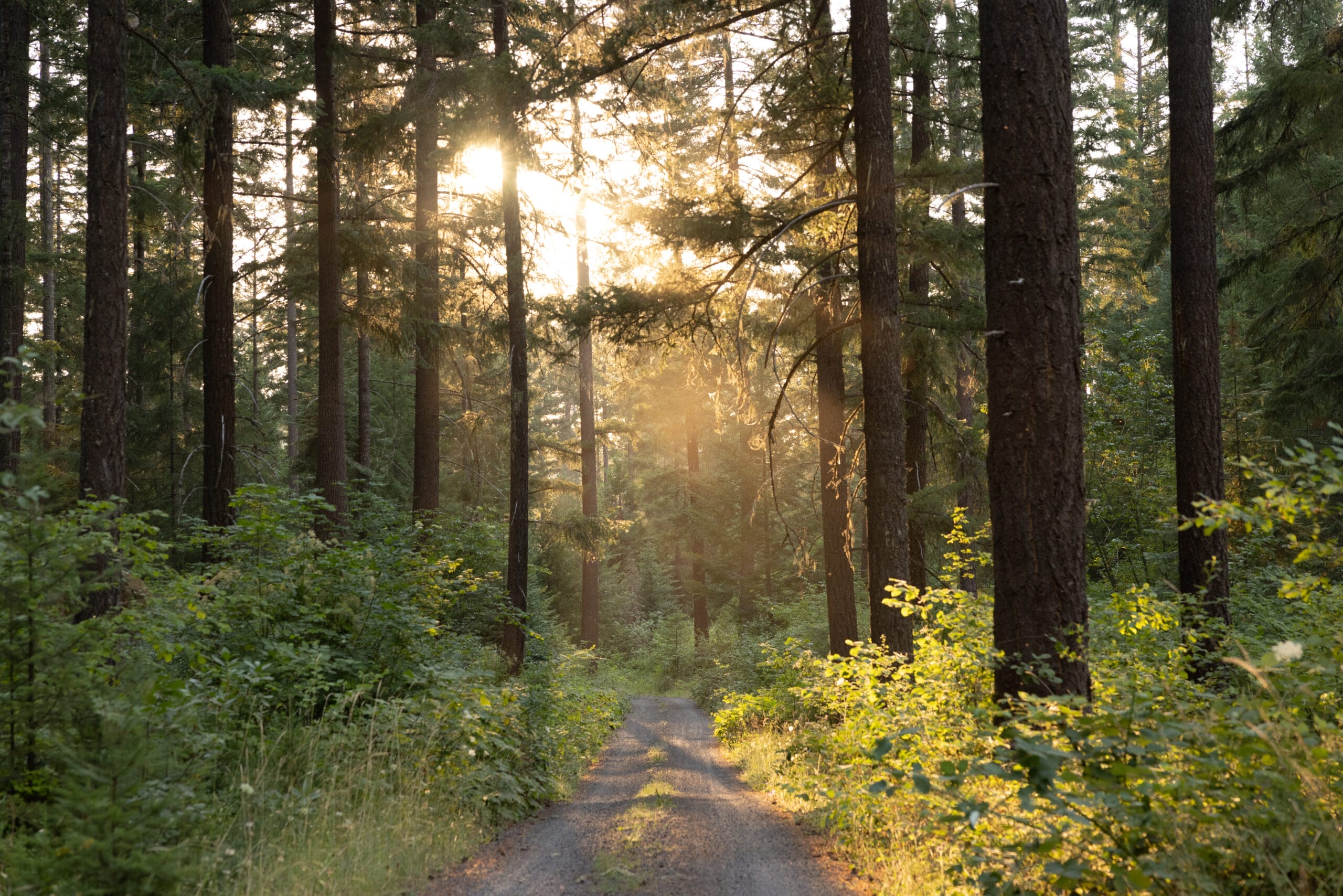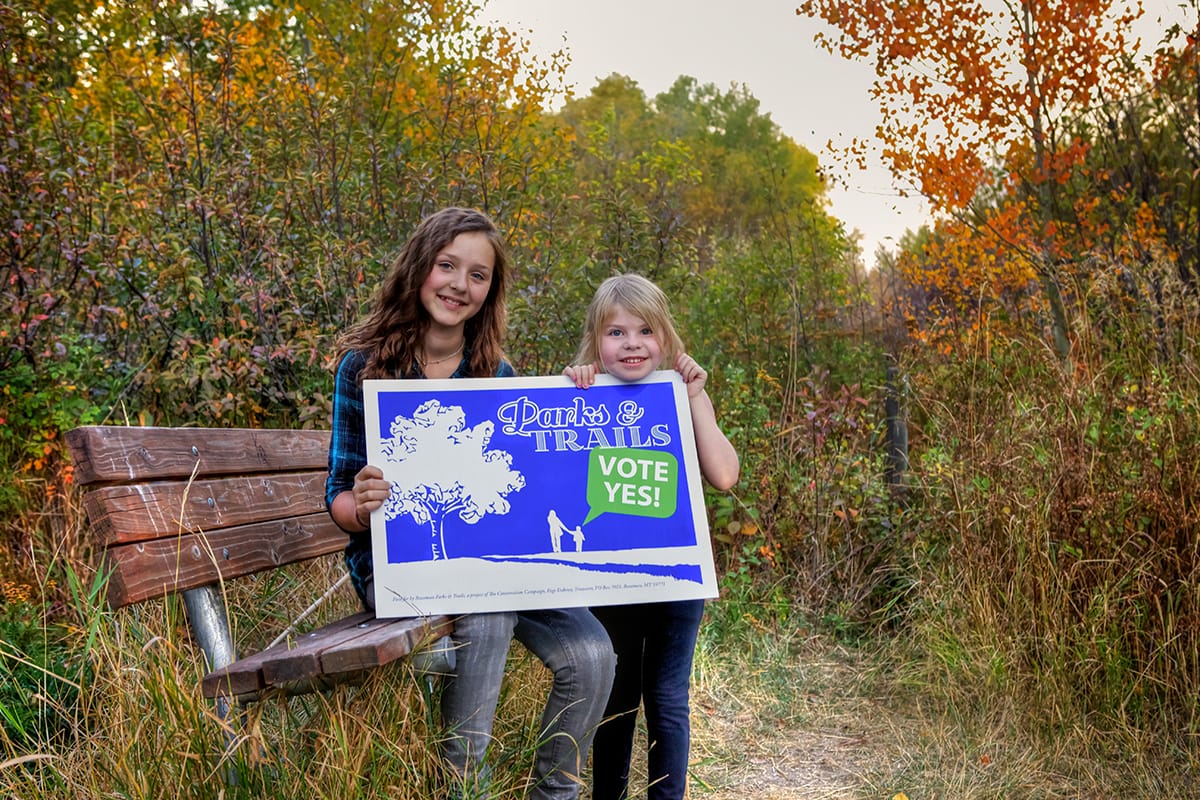
Seeing the trees through a forest of clutter
Seeing the trees through a forest of clutter
Around this time of year, we’re inevitably confronted by a barrage of holiday messages attempting to convince us to celebrate the season by purchasing this or that. Yet for all the attention we pay to what retailers want us to buy and put under the tree, we pay so little attention to the value of the tree itself—and to the importance of simply getting outside with our families and enjoying the gifts only nature can provide.
The average American child spends as few as 30 minutes a day playing outside and more than seven hours a day indoors staring at electronic screens. As a consequence, The Centers for Disease Control reports that national childhood obesity rates have more than doubled over the last two decades, while psychologists cite increasing rates of childhood depression, anxiety, and ADHD.
Author Richard Louv coined the term “nature-deficit disorder” to describe the effects of this troubling phenomenon. Adding to the problem is the fact that America loses some 6,000 acres of precious open space to ongoing development every day.
Nature-deficit disorder has become such a pervasive fact of life that the big box toy chain Toys ‘R’ Us recently ran a holiday commercial depicting a school bus full of disengaged schoolchildren heading to the woods on a field trip. The kids nearly fall asleep with boredom as they listen to a park ranger describe the nature they’ll see that day. But then the ranger unzips his jacket to reveal he’s actually a Toys ‘R’ Us employee, and the field trip is being rerouted to a Toys ‘R’ Us store. The bus erupts with joyful cheers, as the camera cuts to shots of kids rushing down aisles, arms full of toys, on a delirious shopping spree.
Toys ‘R’ Us had the wisdom to pull this commercial amid critical reactions from both consumers and environmental groups. For that, we applaud them. (Thank goodness for cultural arbiters like Facebook, Twitter, and The Colbert Report.) Nonetheless, the big box toy giant inadvertently provided us with a gift-wrapped teachable moment this holiday season.
The ad was misguided for a number of reasons. As every parent knows—sure, kids love toys. But kids also love nature. For children, having fun in the great outdoors is like falling off a log, so to speak. Parks and other natural places are some of the few spots left where kids can let their imaginations truly run wild.

Of course, Toys ‘R’ Us meant no harm. They were simply tone deaf to a growing and insidious issue that’s affecting young and old alike. Making nature the foil and throwing it under the bus seemed like a good gag for a holiday ad. Which begs the question: what exactly are we teaching our kids?
For 40 years, The Trust For Public Land has sought to address this troubling issue. We believe that everyone should be able to enjoy a personal connection to nature. That’s why we’re working with communities nationwide to create parks and protect the places that not only provide us with vital resources and endless inspiration—but sustain our very wellbeing as a species.
This holiday, I encourage you not only to give store-bought goods but to share meaningful experiences in nature—a hike in the woods or a walk in the park—with friends and family.
Wishing the happiest of holidays to you and yours,
Will Rogers
The Active Transportation Infrastructure Investment Program (ATTIIP) is a vital initiative that helps expand trails connecting people to nature and their broader neighborhoods. Urge Congress to fully fund the ATTIIP!


Donate to become a member, and you’ll receive a subscription to Land&People magazine, our biannual publication featuring exclusive, inspiring stories about our work connecting everyone to the outdoors.
See how our supporters are helping us connect people to the outdoors across the country.










